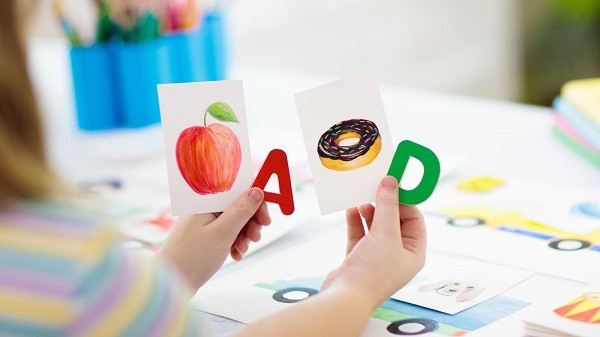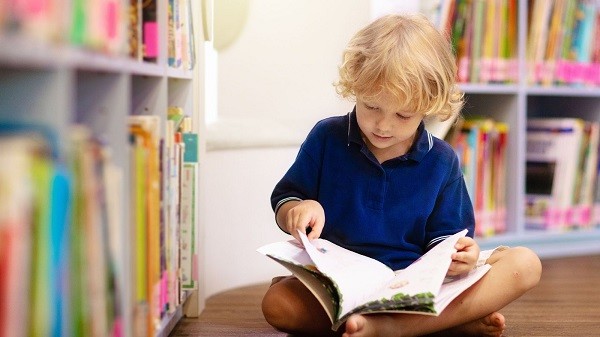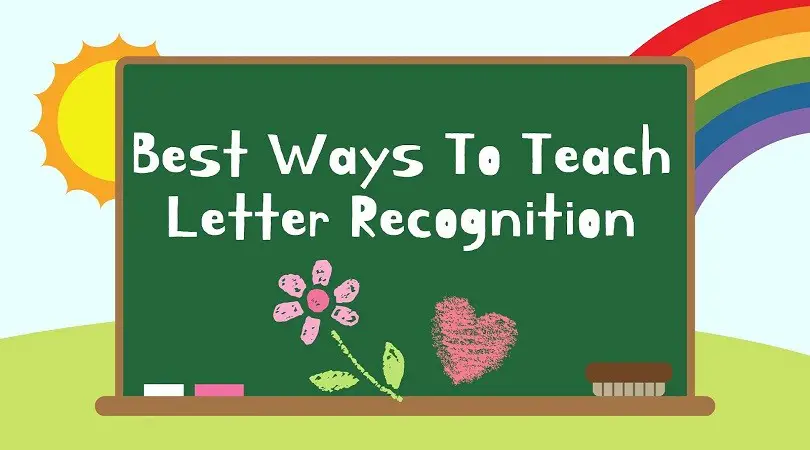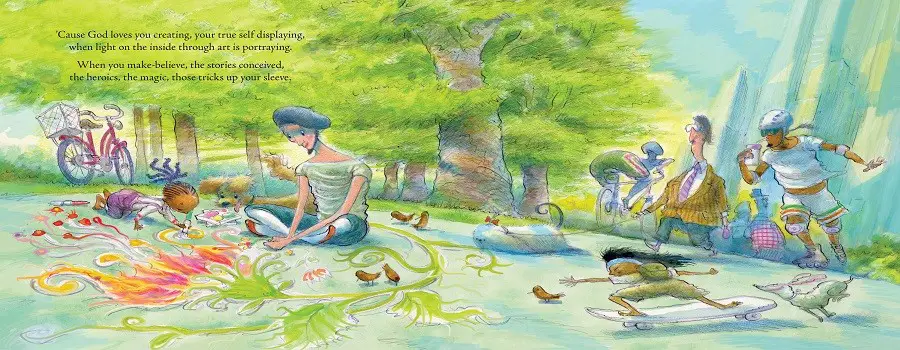Last Updated on January 6, 2025
Learning to recognize letters is more than just a preliminary step to literacy; it’s a magical gateway into a lifetime of learning and imagination for children.
The moment a child can identify an “A” from a “B” or a “C,” they take their first step into a larger world—one filled with stories, information, and endless possibilities.
If you’re a parent, teacher, or caregiver, you might be wondering how best to guide a child through this essential developmental milestone. That’s where this blog post comes in!
In the coming sections, we will delve deep into various methodologies that are both traditional and modern, allowing you to choose what best fits your teaching approach and the child’s learning style.
Whether you’re looking for time-tested techniques like flashcards and alphabet books, are interested in leveraging technology through educational apps, or considering a multi-sensory approach that involves touch, sound, and even crafts – this comprehensive guide has got you covered.
So, buckle up and prepare to explore an array of effective, fun, and engaging ways to teach letter recognition. Because every child’s journey to literacy should not only be educational but also filled with wonder and joy.
Why is Letter Recognition Important?

Imagine the human mind as a skyscraper; the foundation for this towering edifice is letter recognition.
Yes, understanding the alphabet may seem like child’s play, but in reality, it’s a vital cognitive skill that sets the stage for more complex learning tasks—most notably, reading and writing.
Letter recognition is not merely about memorizing 26 characters; it’s about associating those characters with sounds, forming words, and eventually, entire sentences and stories.
In the realm of developmental milestones, the ability to recognize and differentiate letters is often a precursor to phonological awareness.
This is the skill that helps children understand the relationship between written letters and spoken words, a connection that is critical for reading fluency and comprehension.
According to educational psychologists, mastering letter recognition by preschool or kindergarten has a domino effect, positively impacting a child’s academic confidence and success in later years.
So, as you take your young learner on this alphabetic adventure, remember: you’re not just teaching letters; you’re laying the first stone in the foundation of their educational journey.
Embrace Traditional Methods:

When it comes to teaching something as foundational as letter recognition, sometimes the classics never go out of style.
These time-honored methods have stood the test of time for a reason—they work. Let’s explore a few.
Alphabet Books
Books have been lifelong companions for many of us, and their magic starts at an early age.
Alphabet books are more than just a series of letters; they are stories where each character (or letter) plays its role. These books often pair letters with pictures, enabling visual and contextual learning.
Go through these books with your child, point to the letters, say their names, and talk about the pictures. It’s a cozy and effective way to learn.
Flashcards
Ah, the humble flashcard—a simple yet effective tool that has helped generations of children learn their ABCs.
To make flashcards truly engaging, consider incorporating vivid colors and perhaps even textures. It’s not just about holding up a card with an ‘A’ on it; it’s about saying “A is for Apple” while showing a colorful image of an apple.
This brings a multi-dimensional aspect to learning and helps in forming stronger cognitive associations.
Tracing and Writing
What better way to solidify letter recognition than by letting children trace and write the letters themselves?
Provide them with large, easy-to-follow letters on paper, or for a more tactile experience, let them trace in a tray of sand or shaving cream.
This allows them to not only see the letter but feel its shape, making the learning experience truly multi-sensory.
Try Modern Methods:

While traditional techniques have their own irreplaceable charm, the digital age offers us a myriad of exciting tools designed to make learning not just effective but also interactive and fun. If you’re open to embracing technology in the educational journey, you’re in for a treat. Let’s take a closer look at some of the innovative methods at your disposal.
Educational Apps
There’s an app for everything these days—even for learning the alphabet.
Educational apps designed for letter recognition employ a range of interactive activities like games, quizzes, and puzzles.
They not only teach children the letters but also test their knowledge in a playful manner.
Apps often use colorful graphics, engaging sound effects, and even haptic feedback to enrich the learning experience. With just a few swipes and taps, your child is already on their way to mastering their ABCs.
Interactive Websites
Websites offer a broader platform for learning letters through various interactive modules.
Some websites come with animated characters that guide children through the learning process. Others provide a wealth of printable resources, interactive lessons, and engaging videos.
The advantage of websites is the ability to switch between different activities and resources easily, giving you a rich, multi-faceted approach to teaching letter recognition.
Virtual Classrooms
The COVID-19 pandemic has shown us the potential of virtual classrooms, even for early education.
Through platforms that offer real-time video interactions, children can learn letters in a group setting, facilitated by a qualified instructor.
These platforms often come with an array of digital tools like virtual blackboards, shared screens, and interactive games that make learning letters an engaging social activity.
Best Practices:

As you venture into the fascinating world of letter recognition, it’s essential to keep some best practices in mind.
These key principles serve as the backbone for any successful learning experience, irrespective of whether you’re using traditional, modern, or multi-sensory methods.
So, what are these magical guidelines?
Repetition is Your Friend
Consistency and repetition are vital for ingraining any skill, especially something as foundational as letter recognition.
Whether you’re reading an alphabet book every night or playing a letter-recognition game on an app, the key is to make it a regular part of your child’s routine.
Repetition helps cement the concepts, turning sporadic learning into a seamless educational flow.
Keep it Engaging
Children have notoriously short attention spans. To hold their interest, make sure the learning experience is interactive and engaging.
That might mean turning a flashcard session into a game, singing along with an alphabet song, or letting your child decorate their own letter art. The goal is to make learning so fun that it doesn’t feel like ‘work.’
Age-Appropriate Methods
Recognize that not all methods are suitable for every age group. For younger children, tactile and visual methods like sandpaper letters or colorful flashcards may be more effective.
As children grow, incorporating more complex interactive websites and educational apps can be beneficial.
Integrate Various Methods
No single method is the ‘best’—each has its own merits.
A well-rounded approach that integrates traditional, modern, and multi-sensory methods can cover all the bases, ensuring a more comprehensive learning experience.
Conclusion:
As we wrap up this comprehensive guide, remember that teaching letter recognition is more than an academic task; it’s a journey filled with exploration, imagination, and joy.
By blending traditional, modern, and multi-sensory methods, you’re not just teaching the alphabet; you’re opening doors to a lifetime of learning. Happy teaching!








